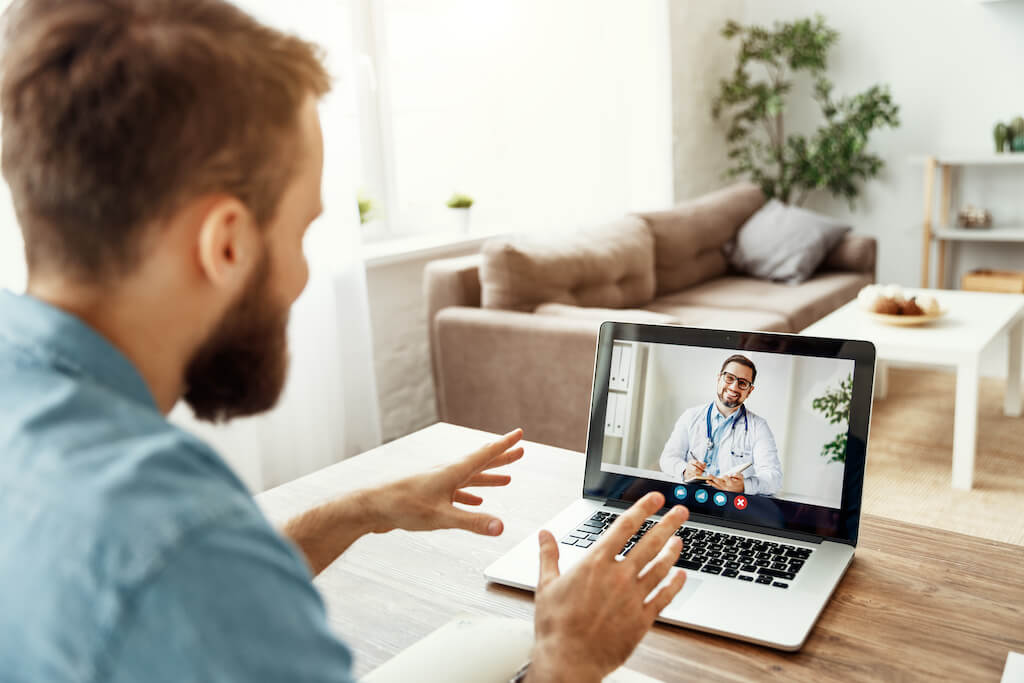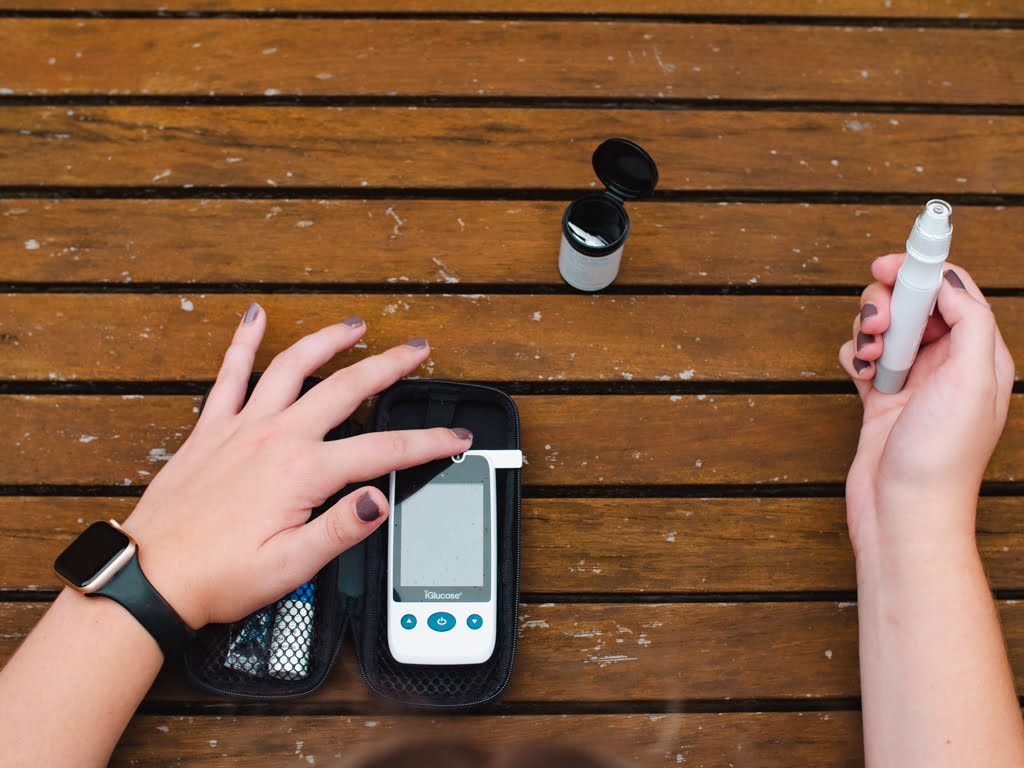
A developing number of clinicians see the worth of remote patient monitoring devices and administrations. Thus, reception is growing. As per a VivaLNK review, 43% of clinicians trust RPM reception will be comparable to in-patient monitoring in five years. The advantages of remote patient monitoring for clinicians incorporate straightforward entry to patient information, the capacity to all the more likely oversee constant conditions, lower costs, and expanded efficiencies.
Remote patient monitoring (RPM) is an answer that can fill care holes for constant disease and medication treatment patients who can’t make in-facility visits. RPM empowers care suppliers to oversee and screen patients with numerous conditions remotely by means of virtual channels—telephone, email, video counsels, remote strategies for example assortment, compact medical gadgets, home health packs—while patients remain securely at home.
Patients can be given remote home medical gadgets, for example, a gauging scale or a circulatory strain screen and a cell phone or different gadgets for information assortment. The medical information or estimations are consequently shipped off the cell phone and sent to the emergency clinic’s information worker for investigation. These frameworks send alarms to the specialist and the patient if the estimations are out of ordinary reach.
On the off chance that a patient requires helpful medication monitoring (TDM) to follow the medication focus levels in their blood, the consideration group will require blood tests taken at explicit stretches. Remote blood assortment is currently conceivable with compact gadgets and in-home healthcare packs.
Specialists can deliver these out to patients, who would then be able to send their self-gathered examples through the mail straightforwardly to an assigned lab for testing. The lab results go into the patient’s medical records in the framework for access by the consideration supplier, who can circle back to the patient by means of telephone/video counsel to talk about any medication measurement changes.

As a matter of fact, since 2013, CMS has zeroed in on extending government clinical consideration reimbursement for organizations furnished to patients outside the course of action of a clinic or hospital.
Beginning in CY 2020, CMS has started paying physicians for remote consideration (RPM and CCM) for patients – any individual who has a condition of a single high-peril wellbeing-related emergency. It can move in the extent of diabetes or hypertension. This has been to counter the proposal of getting compensated only for different steady conditions.
Considering the immense difficulties related to going up against a worldwide health emergency, it’s nothing unexpected that 2020 is carrying new headways to the manner in which healthcare is conveyed in the United States.
One of the more significant improvements concerns remote patient monitoring (RPM). RPM has in fact been around since the mid-1970s, however, it’s been tossed into the spotlight during the pandemic and is encountering quick selection. That shocks no one thinking about the critical and boundless advantages of remote patient monitoring.
Routine blood glucose testing is a basic part of diabetes care. Specialists require diabetic patients to visit the center each 3-6 months, regularly to gauge their HbA1c. Diabetic patients can individually test their blood glucose consistently at home with a fingerstick strategy, test strips, and versatile glucose meters that store the glucose readings.
These day-by-day blood glucose readings are put away in the glucose meter, and the information can be imparted to the consideration group remotely or during follow-up center visits. Monitoring diabetic patients remotely empowers physicians to give more customized care since they can rapidly react to constant information.
RPM additionally urges patients with diabetes to be more mindful about their health, and the amount it is influenced by diet and exercise. For instance, patients can survey and comprehend post-supper readings, which can illuminate how they may have to alter their dinners to further develop their glucose levels.
RPM mechanical gadgets can be utilized to advance security. Dementia patients regularly experience falls. Specialists use RPM sensors or emphatic portability gadgets like walkers and sticks to screen the patient’s straight speed increase, step, precise speed, and numerical calculation to foresee the probability of falls. The gadgets are outfitted with the following abilities (GPS, wifi, or radiofrequency) to assist parental figures with finding lost seniors.

RPM has demonstrated gainful in assisting patients with keeping up with heart health. Cardiologists presently utilize cutting-edge instruments like wearable heart screens connected to cell phones to more readily screen patients with constant heart conditions.
A 2015 report tracked down that over half of 110 million patient cooperations occurred through videoconferencing and cell phones, among other RPM gadgets. The gadgets outline the patient’s heart’s electrical movement when working, dozing, or working out. This information gives the specialist a more extensive standpoint of a patient’s health over the long run than the one-time consequences of an ECG-regulated facility.
Remote patient monitoring apps have likewise demonstrated fruitful among patients who experience issues imagining. An examination including a six-month remote monitoring program discovered patients had a similar pregnancy rate as those utilizing in-vitro preparation (IVF).
This examination showed that RPM can give huge expense reserve funds contrasted with in-center IVF programs. The examination portrays that remote monitoring items and administrations cost $800, while the normal expense of an IVF cycle is $15,000. That is a huge decrease in the expense of care for a similar result.
When utilized with virtual registration, RPM can supplant the inpatient visits that were recently needed to change and oversee treatment.
The primary advantage of a remote patient monitoring platform or homecare telehealth is that it permits a patient to utilize a portable medical gadget to perform routine tests and send test results to a specialist progressively without the need of visiting a medical organization. This benefit is vital for individuals with long-haul sicknesses, who need to speak with healthcare experts all the more regularly.
RPM permits specialists to connect with possible patients. While numerous individuals can’t bear going to facilities or, for specific reasons, can’t stand to visit a specialist, RPM will carry free conferences with a doctor right to their homes. This is the means by which medical foundations can acquire guests without congestion in offices.
Patients can save extensively on account of RPM. With home telehealth, it’s not important to go to a center for medicine or get some information about test results. Plus, because of the diminishing number of pointless clinic visits, medical organizations become less swarmed and can quicker concede patients who need crisis help.
For example, experts from the Oxford University Institute of Biomedical Engineering fostered an application that permits patients to stay away from superfluous in-person visits. In the office where the framework was tried, the quantity of regular checkups has dropped by 25%.
Basically, the remote patient monitoring software is a way for specialists to intently screen a patient’s ongoing health conditions without requiring the patient to truly visit a training. To convey RPM, experts pick at least one gadget that their passing patients can use outside of the workplace to gather health information and afterward send that information safely back to the training for an assessment.
